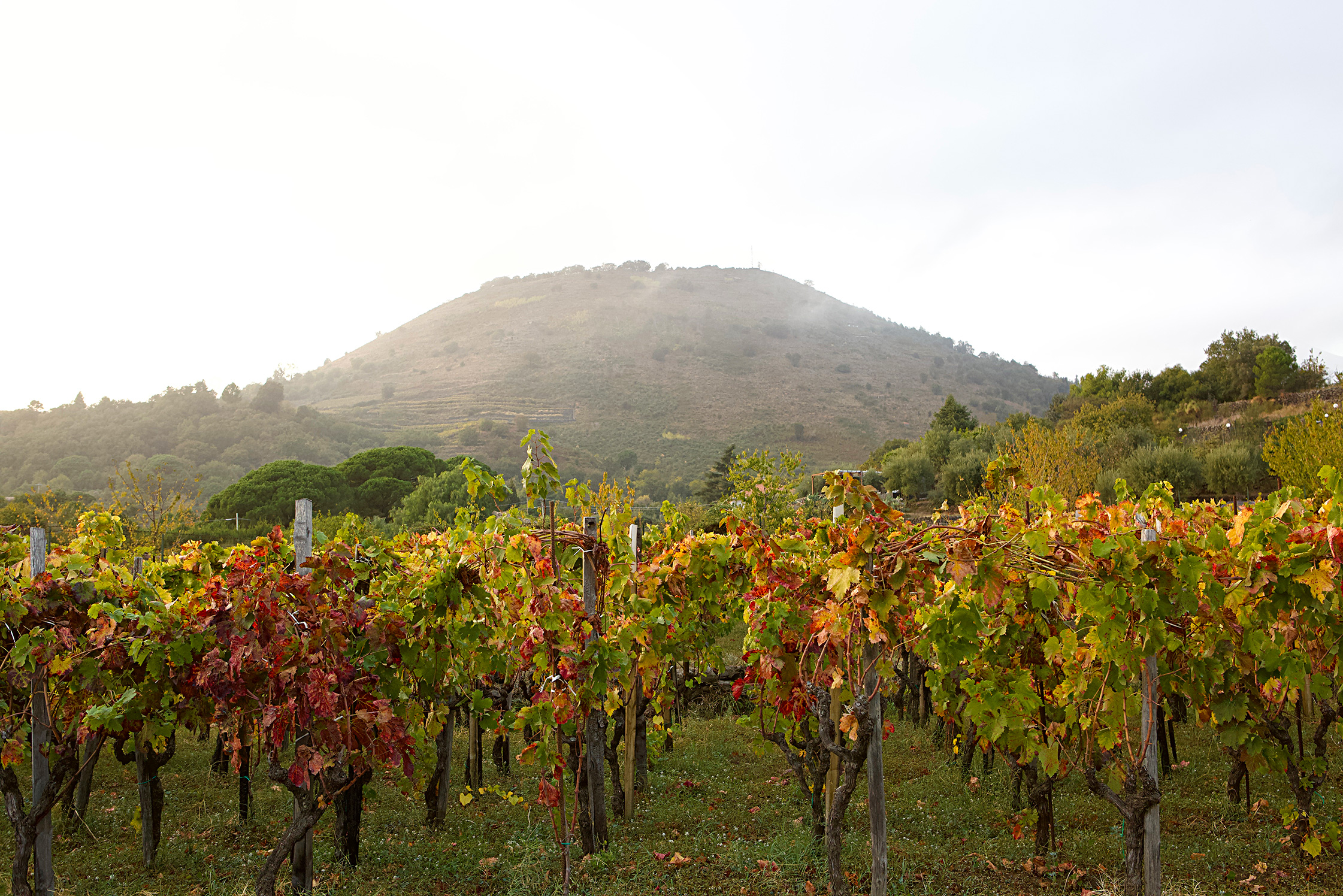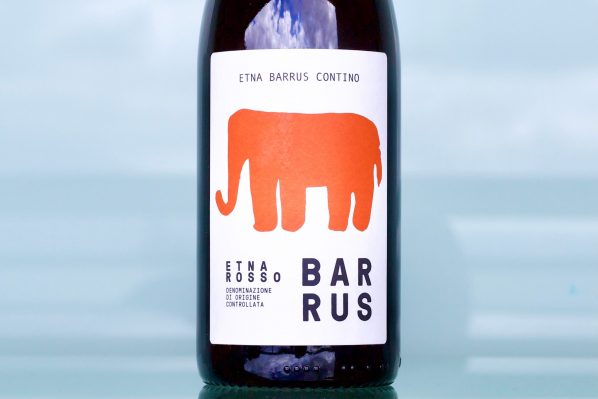Etna Barrus
Sicily, Italy
This website contains no AI-generated text or images.
All writing and photography are original works by Ted Vance.
The dream project of three friends, Etna Barrus has 2.7 vineyard hectares planted in 2005 below one of Mount Etna’s extinct cones, Monte Gorna. At 600m altitude with a southeast exposure with an open view of Ionian Sea, their organic massale selections (organic since the beginning, but certification started in 2021) of Nerello Mascalese (90%) and Nerello Cappuccio (10%) grow on sandy volcanic soils rich in organic substances.





























